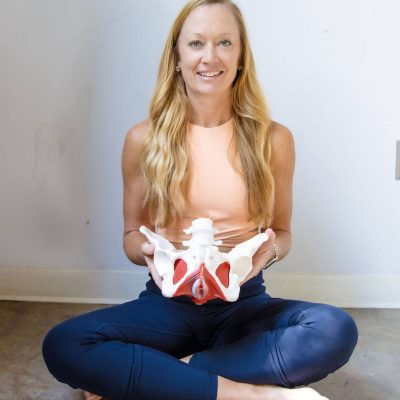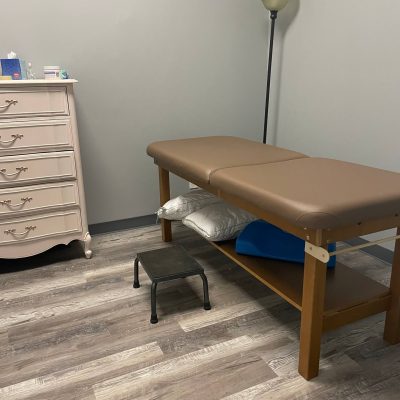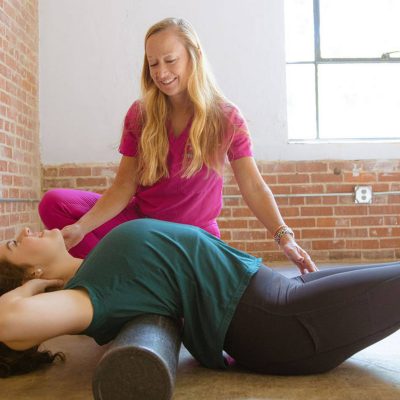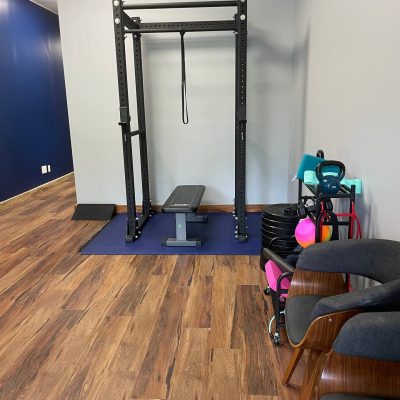Physical therapy can be very helpful for women during the postpartum period to help them recover from the physical changes that occur during pregnancy and childbirth. There are a lot of ways pelvic floor physical therapy can help!
A pelvic floor physical therapist can educate you on pelvic floor exercises. Pregnancy and childbirth can weaken the muscles of the pelvic floor, which can lead to issues like urinary incontinence or pelvic organ prolapse. A physical therapist can teach you exercises to strengthen these muscles while first evaluating the length and coordination of your pelvic floor.
Many women try to start kegel exercises immediately postpartum in order to regain pelvic floor strength, but it’s not always a good idea! Some reasons you may not want to perform kegels include active infection, such as UTI, pelvic pain, being unsure of your technique, and overexertion, or too many kegels. Doing unsupervised pelvic floor strengthening could be making pelvic pain, incontinence, or infection symptoms worse. There are times it may not be appropriate to participate in pelvic floor exercises, and your pelvic floor physical therapist can aid in deciding what is appropriate for you as well as ensure you’re performing any exercise properly.
Pelvic floor therapists can provide diastasis recti treatment. Diastasis recti, or DRA, is a condition where the abdominal muscles separate during pregnancy, and it can make it difficult to regain abdominal strength after childbirth. A physical therapist can guide you through exercises to help close the separation and improve core strength with correct pressure management as the focus!
Some strategies for DRA treatment include core strengthening exercises with your physical therapist helping to guide you in strengthening the muscles of the abdomen to help close the separation and improve overall core strength. They can also educate on postural correction to aid in improved pressure management and decrease abdominal strain. Breathing exercises and education on breathing techniques can also help engage the abdominal muscles and improve their strength and function. Your therapist may also utilize manual therapy techniques such as massage and myofascial release in effort to reduce the tension and improve the flexibility of the abdominal muscles. Education on the proper body mechanics and techniques for lifting and carrying your baby to prevent further strain on the abdominal muscles will also be provided!
Your physical therapist can help in overall pain management. Postpartum pain, including back pain and pelvic pain, can be common. A physical therapist can provide techniques for pain management, such as manual therapy, stretching, and lifestyle modification suggestions.
Pelvic floor conscious exercise prescription will be provided. Exercise can help women regain their strength and energy after childbirth. A physical therapist can provide guidance on safe and effective exercise programs, taking into account factors like the type of delivery and any other health conditions.
It’s important to note that every woman’s recovery in the postpartum state is different, and the course of physical therapy will depend on the type and severity of symptoms she is experiencing. One of our pelvic floor physical therapists can create a personalized treatment plan to help you regain your strength and function after childbirth.







